Assessing President Trump’s first trip abroad, Thomas Wright writes that Trump’s failure to personally endorse NATO’s Article 5 may come to be one of the greatest diplomatic blunders made by an American president since World War II. The Atlantic originally published this piece.
Presidential trips are hard to assess. George H.W. Bush threw up on the Japanese prime minister; he was sick. Bill Clinton went to China without going to Japan, a big no-no. Someone threw a shoe at George W. Bush; he ducked. President Barack Obama failed to meet with human-rights activists in China. His speech was censored on Chinese television.
These all passed for big problems. Then again, those were different times.
The bar for President Donald Trump on his foreign trips this past week was, by comparison, unusually low. Everyone expected problems. Trump famously knows very little about foreign policy. In his March 17 meeting with Angela Merkel, the chancellor of Germany, he confessed he had never heard of the Transatlantic Trade and Investment Partnership or the G-20. She made him a colorful map of the Soviet Union’s sphere of influence, which he apparently liked. So, when Trump embarked on a nine-day trip of five countries, it seemed particularly ambitious. Most new presidents go to Canada or Mexico.
Many foreign-policy experts said the trip was a mistake. Some suggested canceling it or splitting it into two separate trips. But when it went ahead, the general feeling was that if Trump avoided a disaster, it would be a success. Ideally, he would return to Washington knowing a bit more about the world, and America’s allies would be a little more reassured that he’s not the second coming of Wilhem II.
The Saudi Arabia leg of the trip was fairly normal. Yes, it was a very odd choice for a first stop, but the Washington national-security establishment had long wanted to reengage with Sunni-Arab states to balance against the Obama administration’s overtures to Iran. It’s a good bet that had Hillary Clinton won the electoral college, she would also have sought to revive the alliance with Riyadh, although probably not as the focus of her first trip. Trump loved his visit to the kingdom—no one flatters him quite like the Saudis. They danced with swords and presumably waved them toward Tehran. Everyone smiled, except for Steve Bannon.
Israel was a little tougher. Trump had recently betrayed Israeli intelligence by passing its closely guarded secrets to Moscow. He spent hardly any time at Yad Vashem, Israel’s holocaust memorial museum, which is a shame. You really can’t understand the magnitude of the Holocaust until you spend time at Buchenwald, Oświęcim, Dachau, or one of the major museums. Yad Vashem is a deeply moving experience. The room where candles are reflected millions of times in memory of the 1.5 million children who were murdered by the Nazis is enough to reduce anyone to tears.
Trump had a curious reaction to Yad Vashem, writing in the visitor’s book: “It is a great honor to be here with all my friends. So Amazing and Will Never Forget!” For the most part though, the Israel portion of the trip passed without catastrophe. That would come next.
Europe was always going to be harder. For one thing, European leaders tend not to flatter Trump. Unlike King Salman and the Israeli cabinet, they did not show up to the airport to greet him. They did not congratulate him on his electoral college victory. But they did make an effort. They cut the NATO gathering back to a mini summit, and scheduled some fun activities—a tour of the new headquarters and the dedication of monuments. It seemed like a good idea at the time.
The plan was for Trump to make a speech to dedicate the September 11 and Article 5 monument, which consists of a piece of the wreckage of the World Trade Center. Article 5, NATO’s mutual defense guarantee, was invoked only once, after 9/11, but it kept the peace in Europe during the Cold War. Trump had deliberately not endorsed it in his first four months in office, although his secretary of defense and vice president did. His speech to the gathered leaders was the perfect opportunity to do so. The day before, an administration official told The New York Times he would finally do so. He did not.
Trump’s failure to endorse Article 5 may come to be one of the greatest diplomatic blunders made by an American president since World War II.
Instead, Trump harangued European leaders for letting in refugees and for not meeting the 2 percent defense-spending target. It should not have come as a surprise. Trump needs enemies but beating up on your rivals is hard. You may have to make good on your threats. Beating up on your friends is easier. Given the occasion, it took some rhetorical effort to avoid endorsing Article 5. Dissing Europeans while dedicating a monument to remember the 888 European, 158 Canadian, and 2,396 American troops who died in Afghanistan took some doing.
Trump’s failure to personally endorse Article 5 may come to be one of the greatest diplomatic blunders made by an American president since World War II. We will not know for sure for some time. The thing about diplomatic mistakes is that they create new incentive structures that take a while to play out. Few noticed when Dean Acheson failed to include South Korea in the American defense perimeter until Kim Il Sung invaded six few months later. And no one paid much attention when April Glaspie, the U.S. ambassador to Iraq, told Saddam Hussein that the United States had no interest in his border dispute with Kuwait until he invaded a week later.
The problem is that Article 5 is ambiguous. It does not commit America to automatically defend a member state. It stipulates that each country should come to the aid of another with “such action as it deems necessary.” To compensate for this ambiguity, every American president has interpreted it as an automatic commitment to defend Europe from Russian aggression. This interpretation, combined with a credible military option, has functioned as an effective deterrent. Trump’s clear refusal fuels doubt about his commitment to defend Europe.
There were other incidents on the trip. Gary Cohn, a senior White House official who is close to Trump, told reporters that the United States has no position on sanctions on Russia before later reversing himself. Donald Tusk, the president of the EU Council, acknowledged that the United States and the EU could not agree on Russia. And Russia was not even on the agenda at the NATO mini-summit, likely a futile gesture to appease Trump.
This makes President Trump look weak and indecisive—weak because he is gutting America’s position of strength in Europe, and indecisive because his administration is at sixes and sevens on Article 5. Is he really in favor or opposed to it? No one knows for sure. And weakness and indecision can be provocative.
The great risk is that Vladimir Putin will see an opportunity. In Trump, Putin has a president who is largely aligned with his worldview. But Putin’s problem is that Trump is constrained. He cannot deliver sanctions relief. He cannot deliver a new Yalta agreement to grant Russia a sphere of influence. He cannot even meet Putin for a one-on-one summit, such is the level of opposition in the United States.
Trump acknowledged as much in a rambling press conference in February. He said:
[T]he false, horrible, fake reporting makes it much harder to make a deal with Russia. And probably Putin said “you know.” He’s sitting behind his desk and he’s saying “You know, I see what’s going on in the United States, I follow it closely. It’s going to be impossible for President Trump to ever get along with Russia because of all the pressure he’s got with this fake story.”
Why would Putin be satisfied with some warm words from Trump but no real deliverables? The key lies in understanding that a President Trump always had two advantages for Putin. One is that he might be able to make concessions that others would not. The other is that he may be a weaker adversary than the alternative.
Putin may now be tempted to turn on Trump and put him to the test. He may try to accomplish something that cannot be undone by Trump’s successor. Breaking NATO would be the biggest prize he could imagine. This week’s debacle increases that risk. NATO would probably never recover if a member state invoked Article 5 and the United States did little or nothing.
Mainstream elements in the Trump administration are acutely aware of this danger and they are working hard to remove the doubt created by the president. All other members of the national security team have come out in support of Article 5. Defense Secretary James Mattis has continued the troop deployments to the Baltics begun under President Obama. This and other operations ensure that a tripwire force of U.S. troops would be immediately entangled in a conflict in the event of a Russian invasion. But the test could come in other ways. It may be a more subtle form of hybrid war. The Pentagon is preparing for that, too, but Putin is resourceful.
Ultimately, Trump is the commander-in-chief. What he thinks and what he believes matters. He has a 30-year track record of criticizing America’s alliances and being favorable toward Russia. The real risk lies less in his proactive attempts to revolutionize American foreign policy—he is too weak bureaucratically for that—and more in what he will not do at a time of crisis.
We can hope that the Pentagon’s efforts to bolster deterrence will be enough. If they are, this trip will be recorded in history as a bit of a fiasco but little more than that. If it is not, and if Putin decides to truly test Trump, it be the opening page of a tragic story.
The Brookings Institution is committed to quality, independence, and impact.
We are supported by a diverse array of funders. In line with our values and policies, each Brookings publication represents the sole views of its author(s).

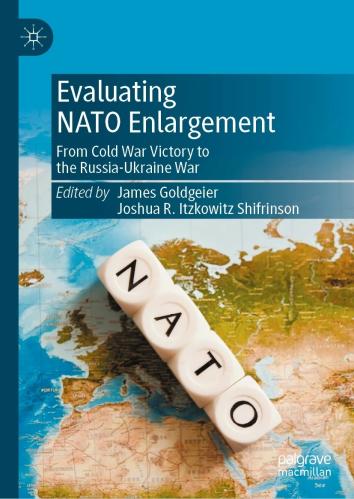
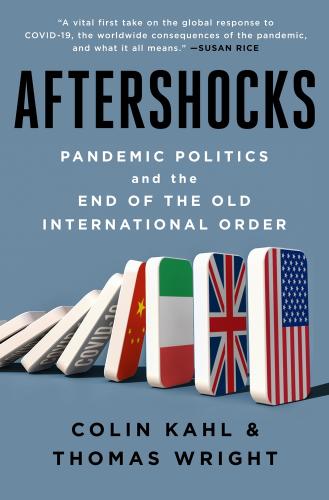
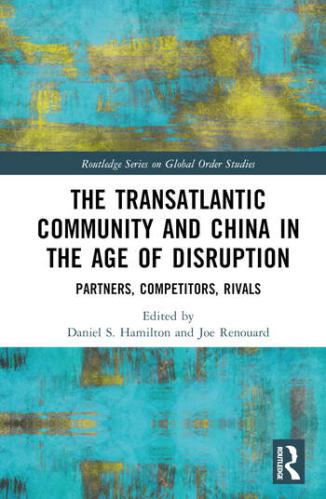
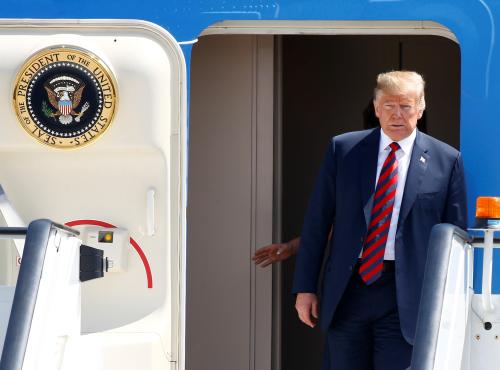
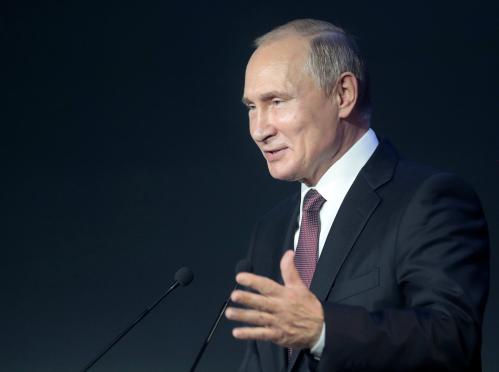
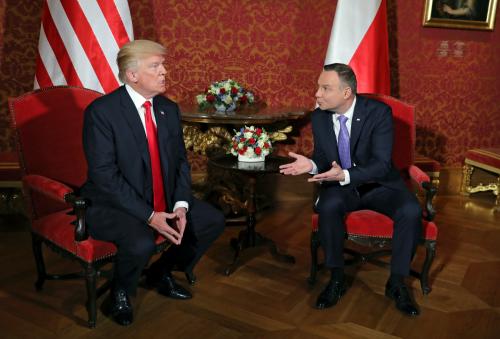




Commentary
Trump remains a NATO skeptic
June 1, 2017